High Stoy Conservation Cluster biodiversity assessment and management plan
Taking a partnership approach to conservation and land management.
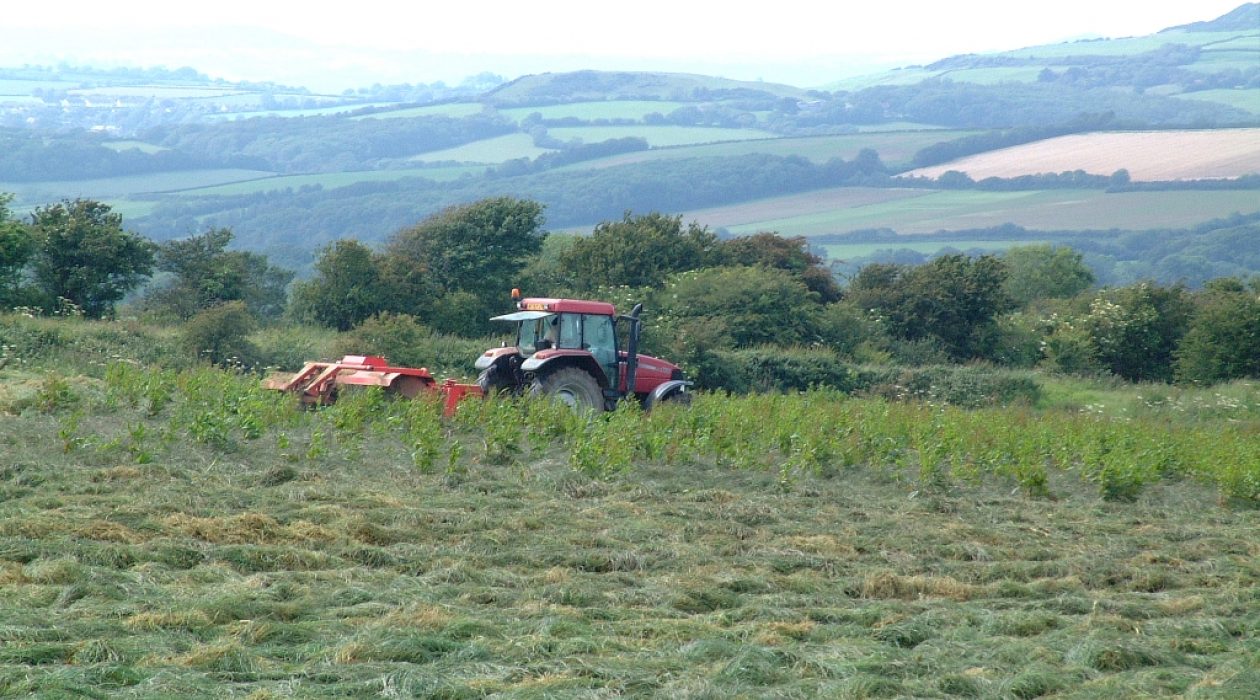
Taking a partnership approach to conservation and land management.

This project was awarded Sustainable Development Fund support in 2019-2020 to help deliver our Management Plan Policy 9.1 ‘The Working Landscape’, helping to safeguard priority habitats & species, recovering lost or declining habitats and developing and supporting measures & activities which connect and expand ecological networks.
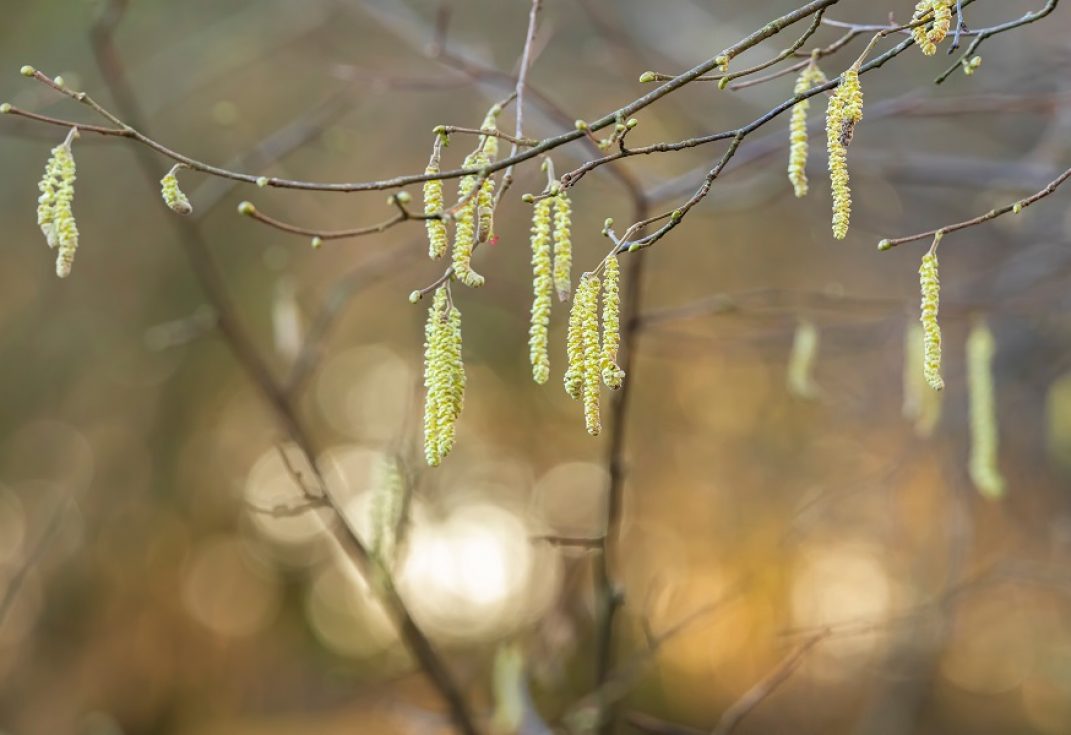
The High Stoy Conservation Cluster was set up in 2017 and takes a partnership approach to the guardianship of the land surrounding Hilfield Friary in West Dorset.
This group of neighbours work together with organisations such as Natural England and Dorset Wildlife Trust to offer advice and practical support to each other as well as developing a landscape scale approach to the conservation of the area.
Of particular interest to the group is the rare Duke of Burgundy butterfly and Bechstein’s bat found across the area, both Priority Species for S41 (Section 41 of the 2006 Natural Environment and Rural Communities Act).
Having shared existing species records and management plans in 2018 the group identified a need for further analysis of habitats, species and landscape of the area to allow them to work more collectively and ambitiously in the future.
To this end the group wanted to appoint an Ecology Consultant to:
• Identify a vision and potential direction for the cluster
• Provide an overview of management opportunities
• Advise possible sources of future grant funding
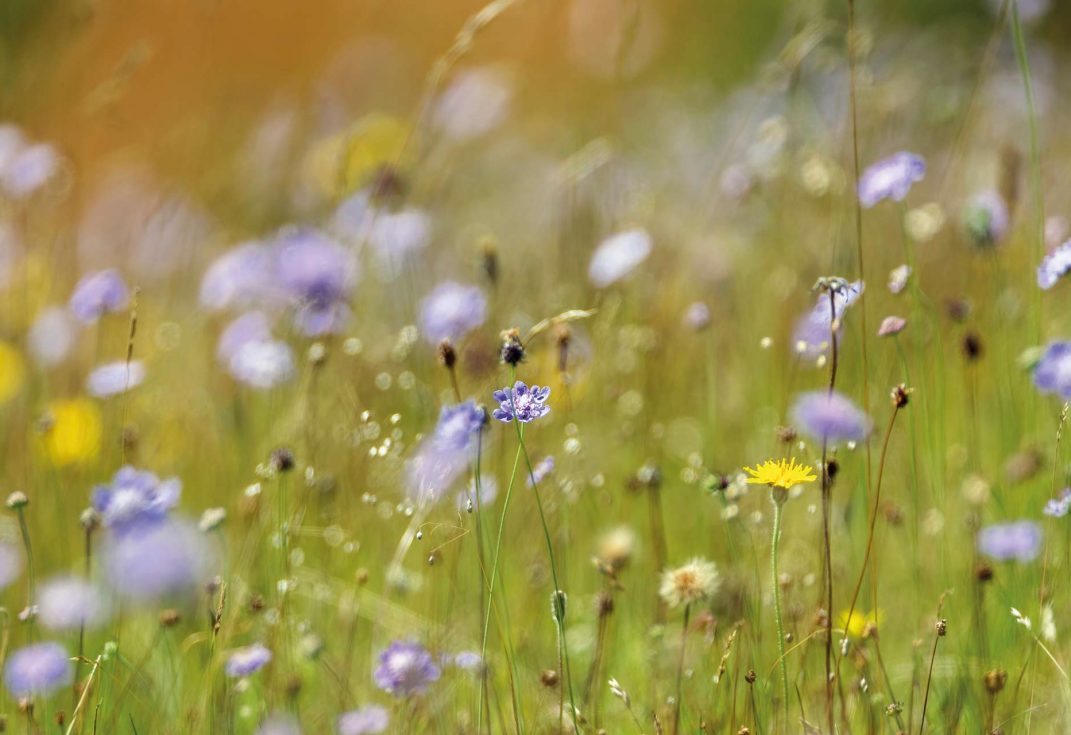
Ecological Consultants (Footprint Ecology) were appointed to undertake the work. They undertook numerous investigations and actions for the group.
They analysed existing records and management plans, arranged site meetings with individual landowners, accessed DERC records, reviewed geology, landscapes and habitats in the cluster and noted any relevant species associated with these habitats.
They then evaluated all this information to compile an overview Management Plan for the area.

This new plan is key to helping the cluster work collaboratively over the next 5 years to enhance biodiversity across the whole area.
In particular the new plan:
In addition the process and consequent report has built understanding and confidence amongst cluster members.

Having an independent review undertaken has been invaluable to the cluster. Consultants were able to skilfully understand the different aspirations and limitations of the varying landowners, managers, groups etc and bring everything together into one report objectively.
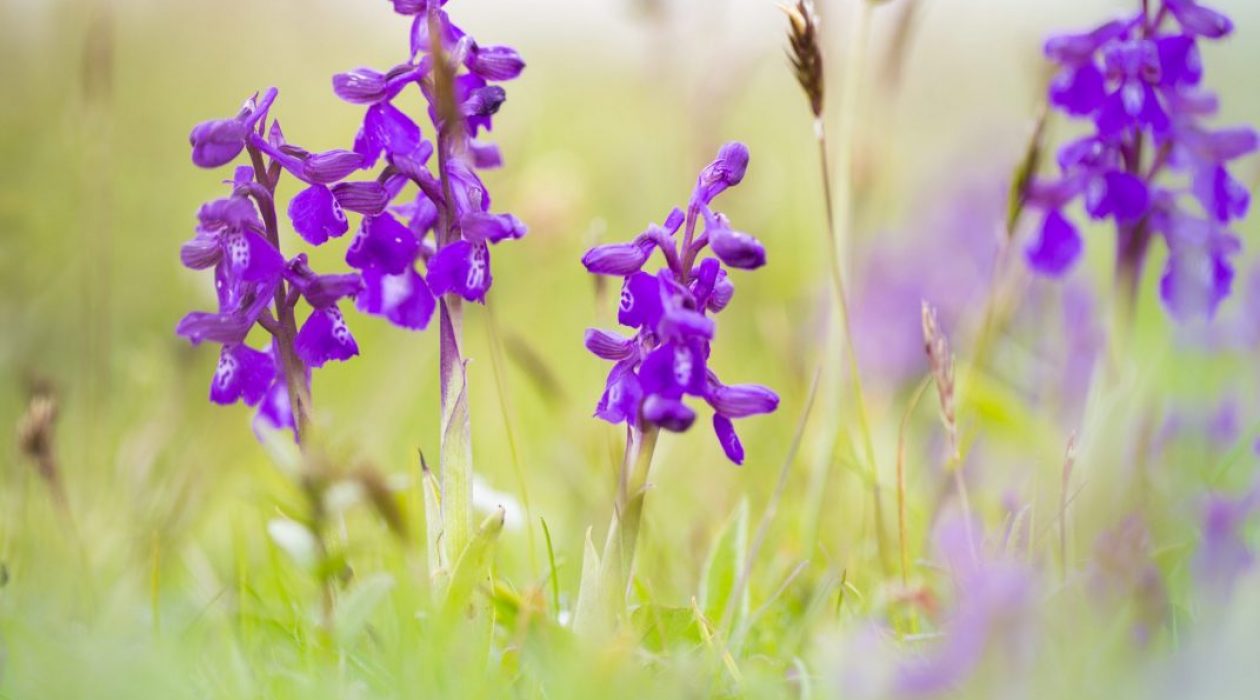
‘The journey has been as important as the end result – an excellent and well received report.’
Alison Templeton, Project Manager
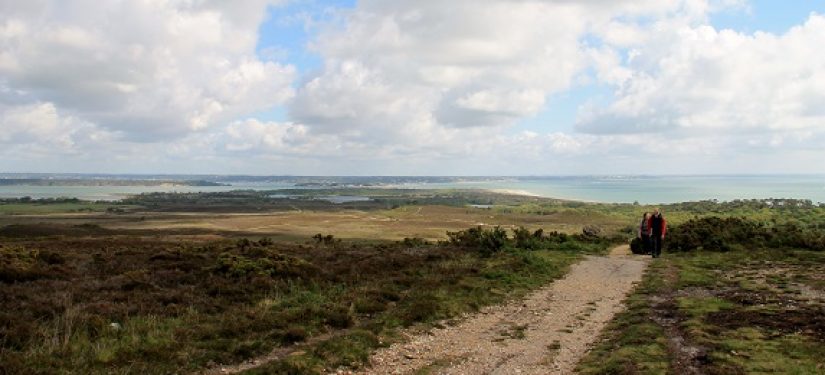
Grant funding
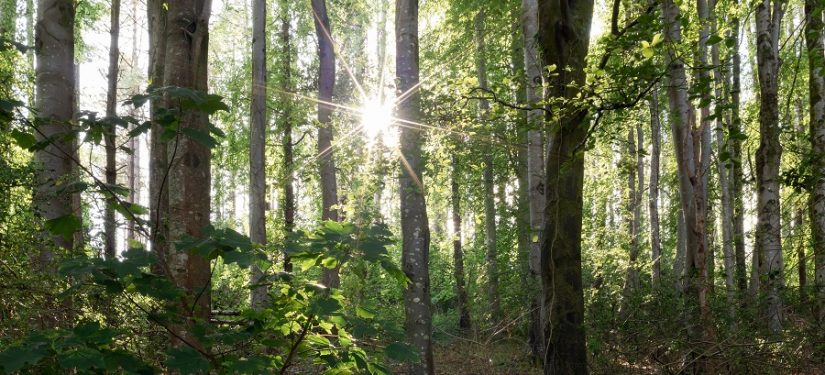
local funds